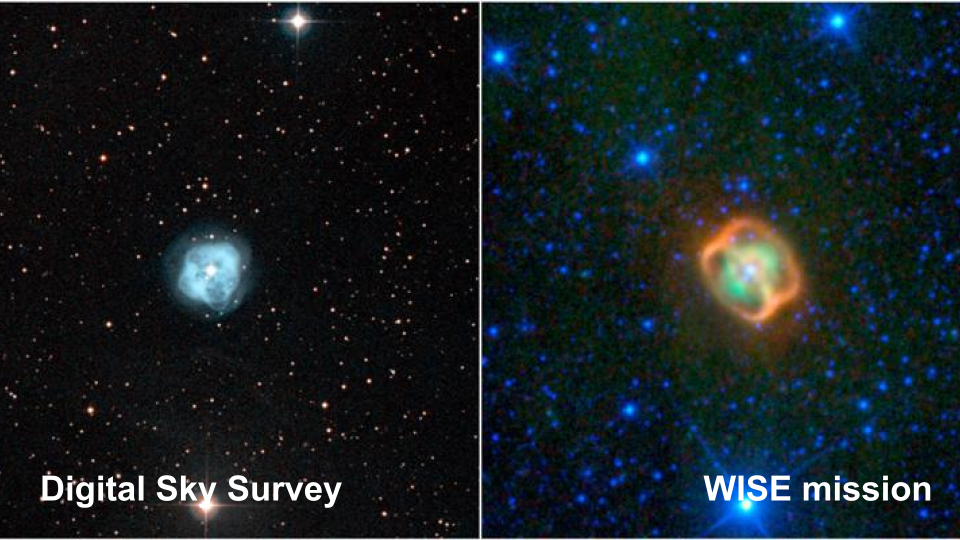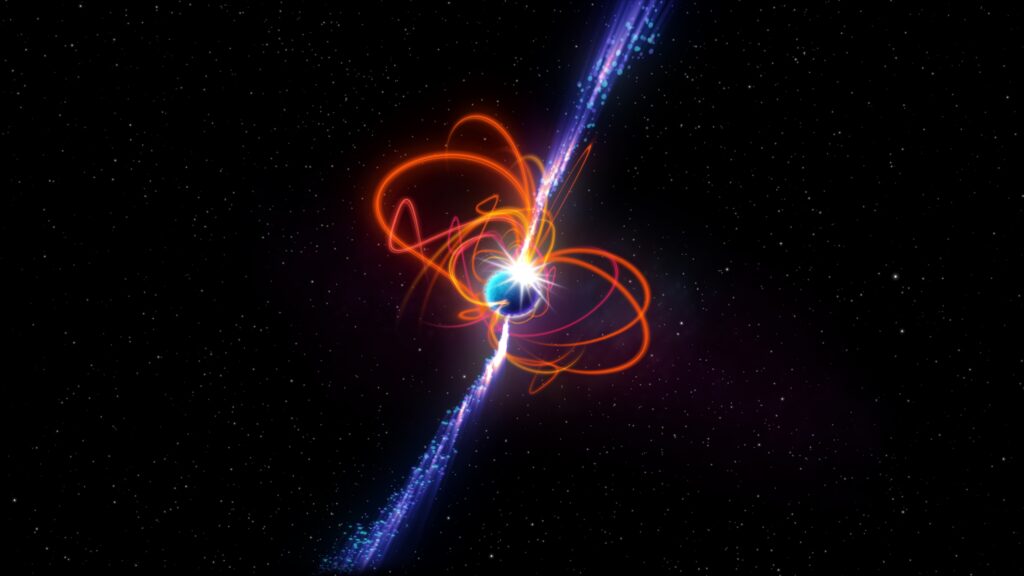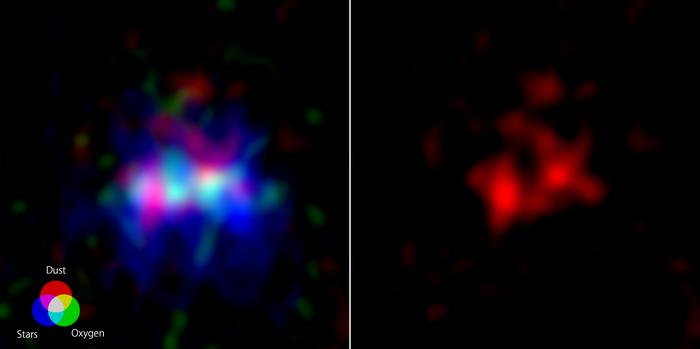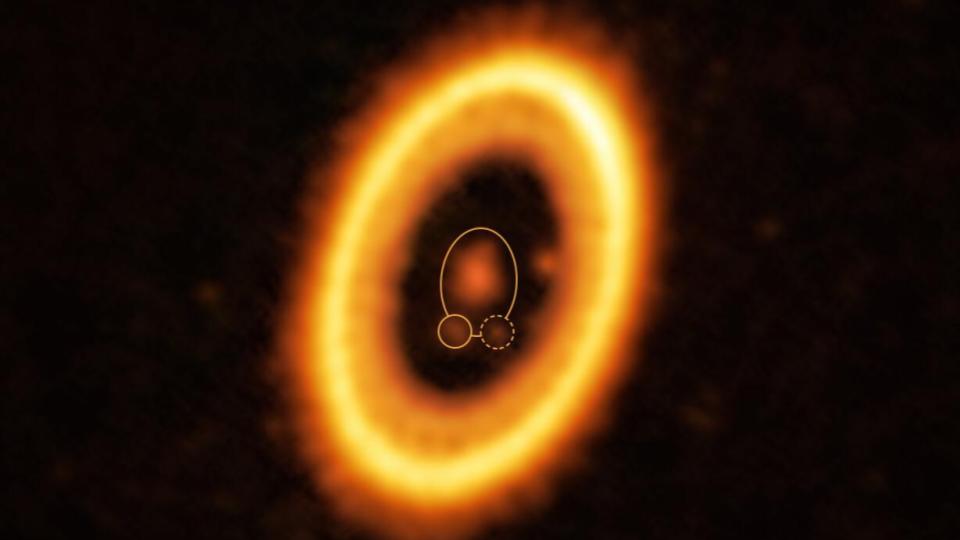One of the justifications for building the Hubble Space Telescope was to finally get a detailed enough view of the fuzzy blobs we call planetary nebulae that we could finally understand what is going on. Turns out, for some of the nebulae, we actually needed something even better than HST - and that “better than” is the JWST. First catalogued in 1790 by William Herschel, NGC 1514 is a binary star system surrounded by a glowy blob of stuff. One of the stars is actually a stellar remnant - a hot white dwarf that has shed its atmosphere and stopped undergoing nuclear reactions in...





